"Animal Info - Papua New Guinea Threatened Species." Animal Info: Endangered Animals of the World. Retrieved on April 13, 2014.
- Available at: http://www.animalinfo.org/country/papua_ne.htm
Bassarova, M.; Archer, M.; and Hand, S.J. December 20, 2001. “New Oligo-Miocene Pseudocheirids (Marsupialia) of the Genus Paljara from Riversleigh, Northwestern Queensland.”Memoirs of the Association of Australasian Palaeontologists 25:61-75.
BirdLife International. 2014. "Endemic Bird Area Factsheet: Central Papuan Mountains." BirdLife International Data Zone: Endemic Bird Areas Sites - Important Bird Areas (IBAs). Retrieved on April 13, 2014.
- Available at: http://www.birdlife.org/datazone/ebafactsheet.php?id=178
Bisby F.A.; Roskov Y.R.; Orrell T.M.; Nicolson D.; Paglinawan L.E.; Bailly N.; Kirk P.M.; Bourgoin T.; Baillargeon G.; Ouvrard D. (red.) 2011. "Pseudochirulus larvatus (Förster & Rothschild, 1911)." Species 2000 & ITIS Catalogue of Life: 2011 Annual Checklist. Species 2000: Reading, UK. Retrieved on April 13, 2014.
- Available at: http://www.catalogueoflife.org/annual-checklist/2011/search/all/key/pseudochirulus+forbesi/match/1
Boelens, Bo; Watkins, Michael; and Grayson, Michael. 2009. The Eponym Dictionary of Mammals. JHU Press.
Boudet, Ch. 10 January 2009. "Species Sheet: Masked Ringtail." Mammals' Planet: Vs n°4, 04/2010. Retrieved on April 13, 2014.
- Available at: http://www.planet-mammiferes.org/drupal/en/node/38?indice=Pseudochirulus+larvatus
Conn, Barry J.; and Damas, Kipiro Q. 2005. Guide to Trees of Papua New Guinea: Tree Descriptions. National Herbarium of New South Wales and Papua New Guinea National Herbarium. Retrieved on April 13, 2014.
- Available at: http://www.pngplants.org/PNGtrees/
Duff, Andrew; and Lawson, Ann. 2004. Mammals of the World: A Checklist. Yale University Press.
Earle, Christopher J. (Editor). The Gymnosperm Database. Retrieved on April 12, 2014.
- Available at: http://www.conifers.org/index.php
Flannery, Timothy F. 1994. Possums of the World: A Monograph of the Phalangeroidea. Chastwood, Australia: GEO Productions in association with the Australian Museum.
The Food and Agriculture Organization of the United Nations and the United Nations Environment Programme. 1984. “Part II Country Briefs: Papua New Guinea.” Tropical Forest Resources Assessment Project (in the framework of the Global Environment Monitoring System – GEMS) – Forest Resources of Tropical Asia. UN 32/6.1301-78-04 Technical Report 3. Rome, Italy: Publications Division, Food and Agriculture Organization of the United Nations, first printing 1981, second printing 1984. Retrieved on April 13, 2014.
- Available at: http://www.fao.org/docrep/007/ad908e/ad908e00.htm
- Available at: http://www.fao.org/docrep/007/ad908e/AD908E22.htm
Food and Agriculture Organization Forest Harvesting, Trade and Marketing Branch. 1998. “Appendix 1. List of Tree Species.” Forest Harvesting Case-Study 15: Forest Harvesting Operations in Papua New Guinea, The PNG Logging Code of Practice. Rome, Italy: Publishing and Multimedia Service, Information Division, Food and Agriculture Organization of the United Nations. Retrieved on April 13, 2014.
- Available at: http://www.fao.org/docrep/004/Y2711E/y2711e00.htm#TopOfPage
- Available at: http://www.fao.org/docrep/004/Y2711E/y2711e12.htm
Gansloßer, Udo. 2004. "Ringtail and Greater Gliding Possums." Pp. 113-117 in Grzimek's Animal Life Encyclopedia, Second Edition. Volume 13: Mammals II, edited by Michael Hutchins, Devra G. Kleiman, Valerius Geist, and Melissa C. McDade. Farmington Hills, MI: Gale Group, Inc., division of Thomson Learning Inc.
Gibbs, L.S. July 1917. Dutch N.W. New Guinea: A Contribution to the Phytogeography and Flora of the Arfak Mountains (Read before the Newcastle Meeting of the British Association for the Advancement of Science, September 1916). London: Taylor and Francis. Retrieved on April 13, 2014.
- Available via Internet Archive at: https://archive.org/stream/mobot31753000302528#page/iv/mode/2up
- Available via Botanicus.org at: http://www.botanicus.org/title/b11815000
Gould, John. 1863. Mammals of Australia. Volume I. London: John Gould.
Hoffman, Carl. 2014. Savage Harvest: A Tale of Cannibals, Colonialism, and Michael Rockefeller's Tragic Quest for Primitive Art. New York: HarperCollins Publishers.
Hume, Ian D. 1999. Marsupial Nutrition. Melbourne, Australia: Cambridge University Press.
Kennedy, Michael (Editor). 1992. Australasian Marsupials and Monotremes: An Action Plan for Their Conservation. International Union for Conservation of Nature and Natural Resources.
Kerle, Jean Anne. 2001. Possums: The Brushtails, Ringtails and Greater Glider. Sydney: University of New South Wales Australian Natural History Series. Retrieved on April 13, 2014.
- Available at: http://books.google.com/books?id=YDM0hjAwchUC&lpg=PT65&dq=Petropseudes%20dahli&pg=PT66#v=onepage&q=Petropseudes%20dahli&f=false
McKnight, M. 2008. "Pseudochirulus larvatus." In: IUCN 2013. International Union for Conservation of Nature and Natural Resources Red List of Threatened Species. Version 2013.2.Retrieved on April 13, 2014.
- Available at: http://www.iucnredlist.org/details/136699/0
Menkhorst, Peter; and Knight, Frank. 2001. A Field Guide to the Mammals of Australia. South Melbourne: Oxford University Press.
Menzies, James. 5 June 2011. A Handbook of New Guinea’s Marsupials and Monotremes. University of Papua New Guinea Press.
Meredith, Robert W.; Mendoza, Miguel A.; Roberts, Karen K.; Westerman, Michael; and Springer, Mark S. March 2, 2010. “A Phylogeny and Timescale for the Evolution of Pseudocheiridae (Marsupialia: Diprotodontia) in Australia and New Guinea.” Journal of Mammalian Evolution17(2):75-99. Retrieved on April 13, 2014.
- Available at: http://www.ncbi.nlm.nih.gov/pmc/articles/PMC2987229/
Myers, P.; Espinosa, R.; Parr, C.S.; Jones, T.; G. S. Hammond, G.S.; and T. A. Dewey, T.A. 2014. "Pseudochirulus larvatus: Masked Ringtail (On-line)." The Animal Diversity Web. University of Michigan Museum of Zoology. Retrieved on April 13, 2014.
- Available at: http://animaldiversity.ummz.umich.edu/accounts/Pseudochirulus_larvatus/classification/
Nowak, Ronald M. 1999. Walker's Mammals of the World, Sixth Edition. Volume I. Baltimore: Johns Hopkins University Press.
Nowak, Ronald M. 2005. Walker's Marsupials of the World. Baltimore: Johns Hopkins University Press.
"Papuan Montane Forest." Biome Explorer: Azonal Biomes>Montane Forests. Retrieved on April 13, 2014.
- Available at: http://www.biome-explorer.net/Montane%20Forest/Papuan%20Montane%20Forest.html
"Pseudochirulus larvatus." The Marine Biological Laboratory WHOI Library Universal Biological Indexer and Organizer. Retrieved on April 13, 2014.
- Available at: http://www.ubio.org/browser/details.php?namebankID=9932571
"Pseudochirulus larvatus: Masked Ringtail." Encyclopedia of Life. Retrieved on April 13, 2014.
- Available at: http://eol.org/pages/1038009/overview/
"Pseudochirulus larvatus (Förster & Rothschild, 1911)." GBIF Backbone Taxonomy: Animalia>Chordata>Mammalia>Diprotodontia>Pseudocheiridae>Pseudochirulus. Global Biodiversity Information Facility. Retrieved on April 13, 2014.
- Available at: http://www.gbif.org/species/2440095
"Pseudochirulus larvatus (Masked Ringtail)." ZipcodeZoo: Species Identifier 3471204. Retrieved on April 13, 2014.
- Available at: http://zipcodezoo.com/Animals/P/Pseudochirulus_larvatus/#MoreInfo
Ride, W.D.L. 1970. A Guide to the Native Mammals of Australia. Melbourne: Oxford University Press.
Schaefer, Albrecht G. “New Guinea Forests: Still the Tropical Paradise.” World Wildlife Global>What We Do>Priority Places>New Guinea>The Area>Ecosystems>Forests. Retrieved on April 13, 2014.
- Available at: http://wwf.panda.org/what_we_do/where_we_work/new_guinea_forests/area_forests_new_guinea/new_guinea_forests_ecosystems/forests_new_guinea/
Sillitoe, Paul. 2013. Managing Animals in New Guinea: Preying the Game in The Highlands. Routledge: Studies in Environmental Anthropology.
Sillitoe, Professor Paul; and Pointet, Dr. Abram. 2009. Was Valley Anthropological Archives. Retrieved on April 13, 2014.
- Available at: http://www.wolaland.org/page/
Smith, H. (Henley) Grose, and W.F. Kirby. 1887 - 1892. Rhopalocera Exotica, Being Illustrations of New, Rare, and Unfigured Species of Butterflies. With sixty hand-coloured plates. Vol. I. London: Gurney and Jackson.
- Available via Internet Archive at: http://www.archive.org/stream/rhopaloceraexoti01smit#page/n8/mode/1up
Strahan, Ronald; and Conder, Pamela. 2007. Dictionary of Australian and New Guinean Mammals. CSIRO Publishing.
Tate, G. H. H. 1945. "Results of the Archbold Expeditions, No. 52. The Marsupial Genus Phalanger." American Museum Novitates 1283:1-41.
Tate, G. H. H.; and Archbold, R. 1935. "Results of the Archbold Expeditions. No. 3. Twelve Apparently New Forms of Muridae Other Than Rattus from the Indo-Australian region." American Museum Novitates 803:1-9.
Thomas, Oldfield. 1897. "On Some New Phalangers of the Genus Pseudochirus." Annali del Museo Civico di Storia Naturale di Genova 18(2): 140-146. Retrieved on April 13, 2014.
- Available via Internet Archive at: http://www.archive.org/stream/annalidelmuseoci38muse#page/142/mode/1up
Thomas, Oldfield. 1897. "On the Mammals Collected in British New Guinea by Dr. Lamberto Loria." Annali del Museo Civico di Storia Naturale di Genova 18(2):606-622. Retrieved on April 13, 2014.
- Available via Internet Archive: http://www.archive.org/stream/annalidelmuseoci38muse#page/606/mode/2up
Thompson, Christian. 2011. Conservation Final Frontier: Newly Discovered Species of New Guinea (1998 - 2008). World Wildlife Fund Report 2011: Western Melanesia Programme Office. Retrieved on April 13, 2014.
- Available at: http://blogs.discovery.com/files/new_guinea_new_species_2011.pdf
Tyndale-Biscoe, Hugh. 2005. Life of Marsupials. Collingwood, Victoria, Australia: CSIRO Publishing.
Wilson, Don E.; and Reeder, DeeAnn M. (editors). 2005. Mammal Species
of the World: A Taxonomic and Geographic Reference (3rd ed), Johns Hopkins University Press.
World Wildlife Fund. 3 January 2014. "Central Range Montane Rain Forests." The Encyclopedia of Life: Topics Conservation Biology, Biodiversity, Ecology Edited by Mark McGinley. Retrieved on April 13, 2014.
- Available at: http://www.eoearth.org/view/article/151026/
World Wildlife Fund. 9 April 2014. "Southeastern Papuan Rain Forests." The Encyclopedia of Life: Topics Conservation Biology, Biodiversity, Ecology Edited by Mark McGinley. Retrieved on April 13, 2014.
- Available at: http://www.eoearth.org/view/article/156159/
Wrobel, Murray (Editor). 2007. Elsevier's Dictionary of Mammals: Latin English German French Italian. Oxford, U.K.: Elsevier B.V.


![Asaro Mud Man with unique clay mask, Kabiufa (~3 miles [5 km] from Asaro), Eastern Highlands, Papua New Guinea Asaro Mud Man with unique clay mask, Kabiufa (~3 miles [5 km] from Asaro), Eastern Highlands, Papua New Guinea](/static/uploads/en/module/image/2014/04/13/2014-04-13_11-10-17_243.622x621.jpg)
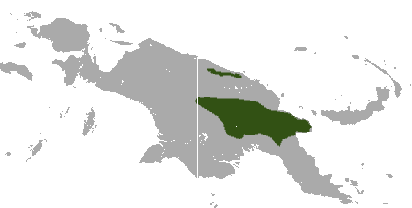
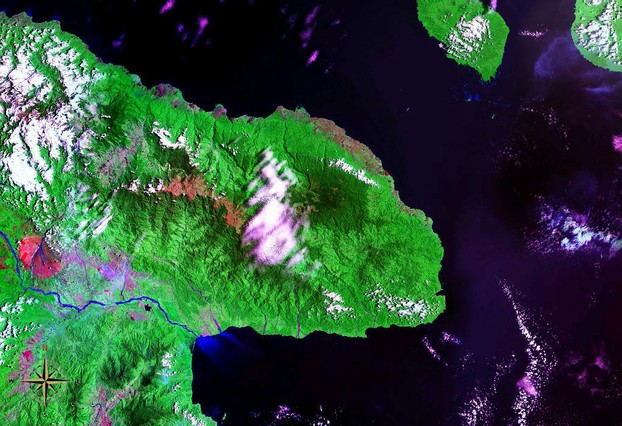
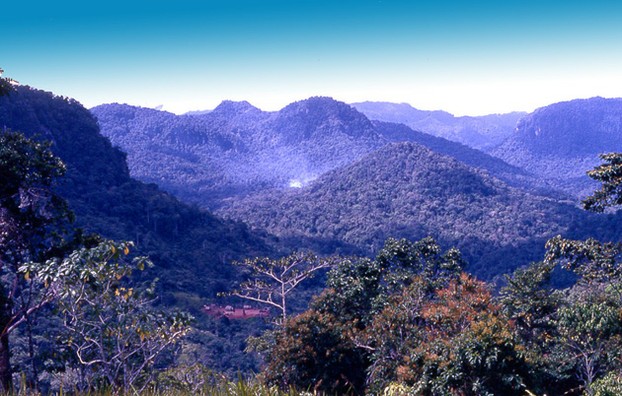
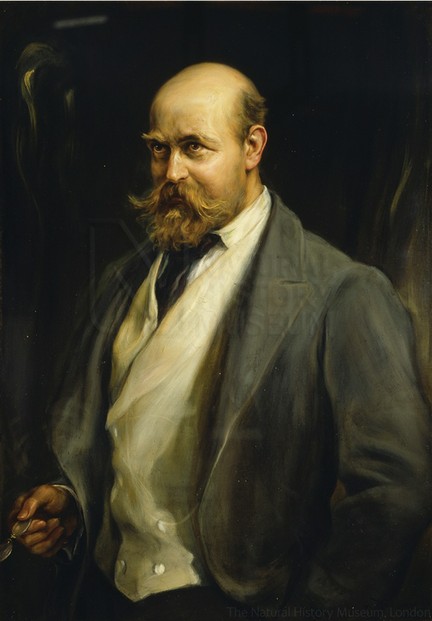
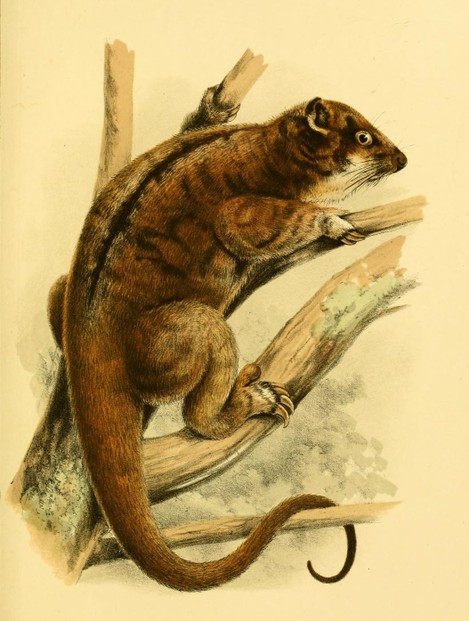
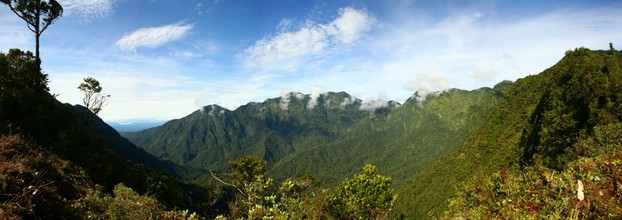
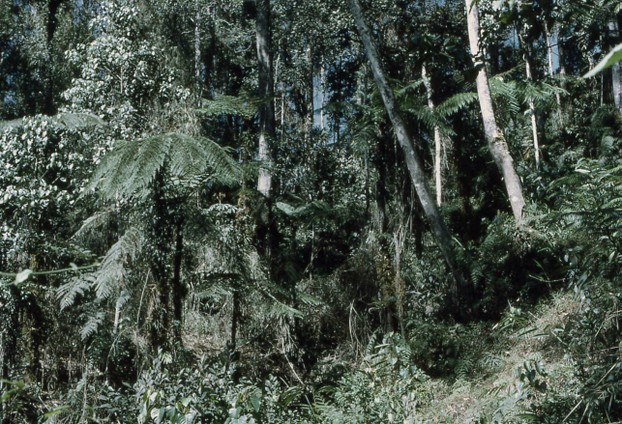
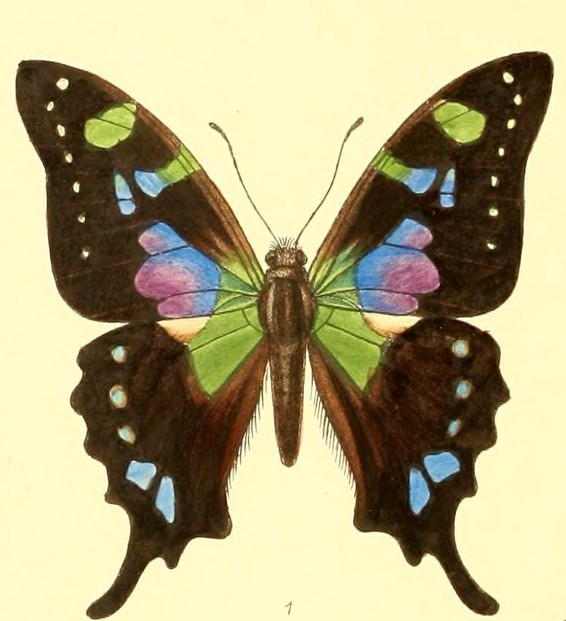
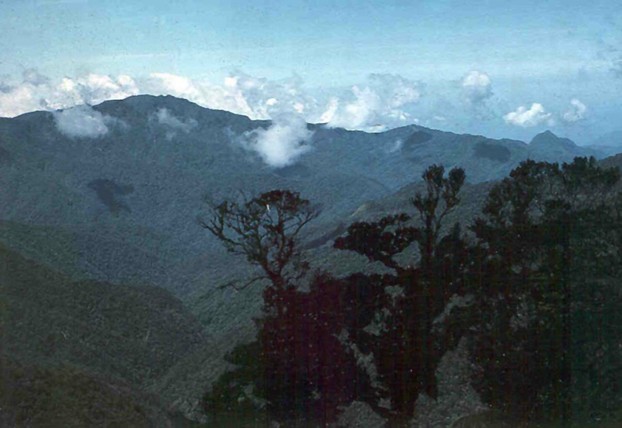






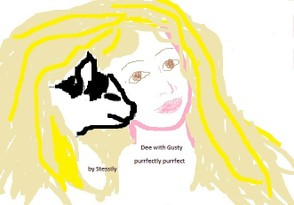
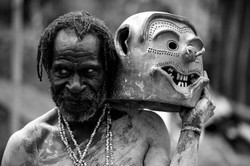

 Are Hawaiian Huakai Po Nightmarchers Avenging Halloween Thursday?on 10/02/2024
Are Hawaiian Huakai Po Nightmarchers Avenging Halloween Thursday?on 10/02/2024
 Mailing Addresses for 2023 Form 4868 Extending 1040 and 1040SR April 15, 2024, Due Dateon 04/15/2024
Mailing Addresses for 2023 Form 4868 Extending 1040 and 1040SR April 15, 2024, Due Dateon 04/15/2024
 Mailing Addresses for 2023 Forms 1040 and 1040SR Filed in 2024on 04/15/2024
Mailing Addresses for 2023 Forms 1040 and 1040SR Filed in 2024on 04/15/2024
 Mailing Addresses for 2022 Form 4868 Extending 1040 and 1040SR April 18, 2023, Due Dateon 04/13/2023
Mailing Addresses for 2022 Form 4868 Extending 1040 and 1040SR April 18, 2023, Due Dateon 04/13/2023

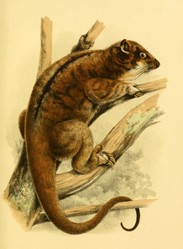
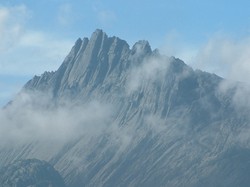
Comments
VioletteRose, Me, too, I agree that these ringtail possums are interesting species indeed. Thank you for visiting and commenting.
These are really interesting species, you have got great information about them. Thanks for sharing!